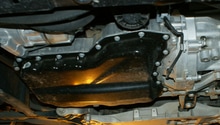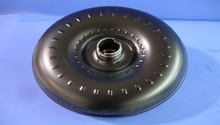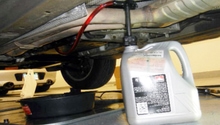Audi A4 B7: Automatic Transmission Diagnostic Guide
The transmission is considered one of the more trouble prone components in the Audi A4 B7, but don't be intimidated; this guide will help you diagnose issues.
This article applies to the Audi A4 B7 (2005-2008).
There are various things that can go wrong with the Audi A4's transmission. If you're experiencing sluggish shifting, grinding noise, or anything that happens upon shifting, even difficulty shifting, then there are a few things too look at to determine the culprit. A transmission shop will charge you tons of money just to look at your Audi. Although the transmission may look complicated with all its gears and small parts, diagnosing simple issues can be done by almost anybody. Read on to learn how to diagnose your transmission.

Materials Needed
- Flashlight
- Jack and jack stands
- Allen head socket
Step 1 – Check transmission fluid
It could be low or old.
Whenever there is a transmission issue, the first thing to check is the fluid. The transmission fluid should look nice and pink. If yours is dark brown, then you're due for a fluid change. Check the fluid level and color. To check the fluid, you will have to warm the car up in drive, reverse, and neutral, then leave the motor running and the transmission in park. Remove the fill plug from the bottom of the transmission. The fluid should be right there; if you stick your finger and don't touch any fluid, then you are low on fluid. If the fluid level is low, top it off immediately, then use your flashlight to check for any transmission leaks on the transmission pan, under the vehicle.
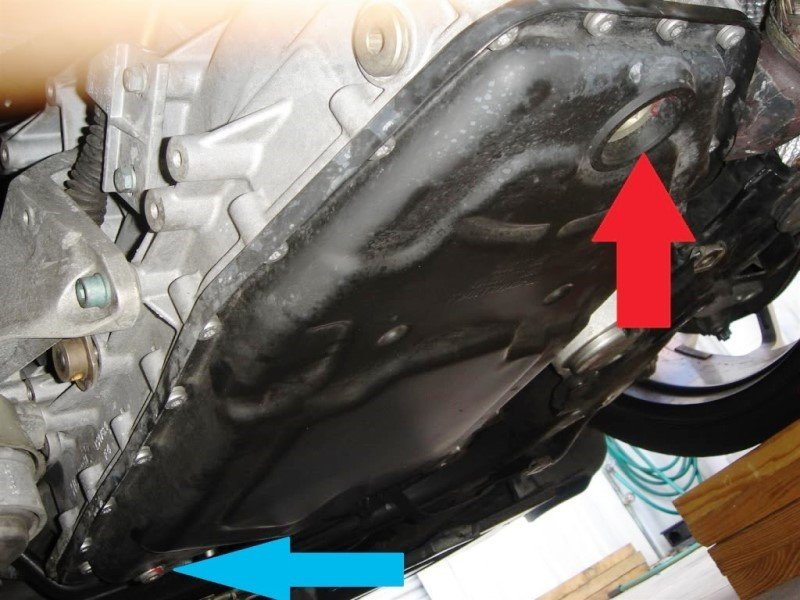
Figure 1. Tiptronic trans: fill hole in red and drain in blue. 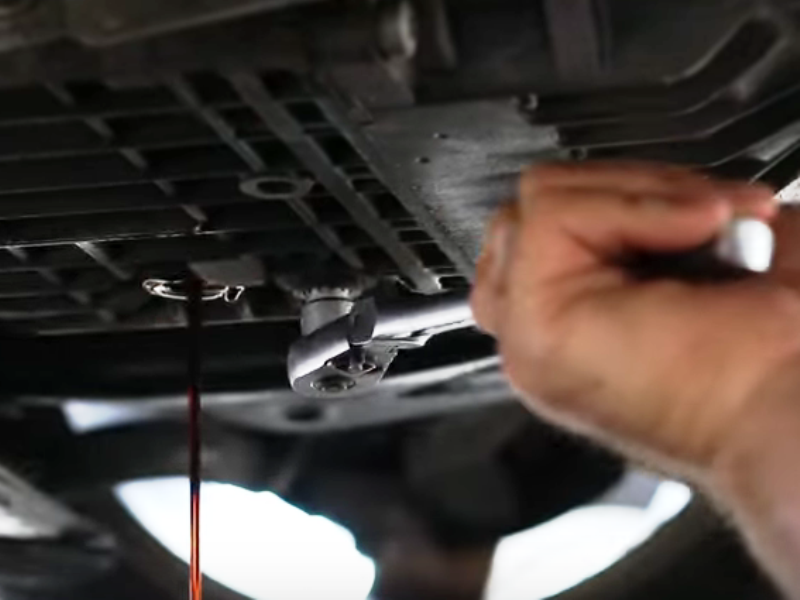
Figure 2. CVT trans: fill hole is the one dripping and drain hole is next to it.
Pro Tip
It is very important to use the correct type of transmission fluid in your Audi. You can look up the correct fluid here - BluaParts.com
If the fluid level is proper, proceed to Step 2.
(Related Article: How to Change Automatic Transmission Fluid - AudiWorld)
Step 2 – Check transmission wiring
They could be worn or cracked.
The transmission is connected to a series of wires, from sensors to voltages. Any worn or cracked wire can affect the signal going to the transmission, which can result in difficulty to shift, sluggish transmission performance, and it could even cause your transmission to get stuck in one of the gears. Raise your car and secure it with jack stands, then grab your flashlight and slide under your car. Inspect the wires going into your transmission, make sure all of them are in good conditions. Any wears or cracks in the wires can be the reason behind your transmission issues.

If the wires look normal, proceed to Step 3.
Step 3 – Check torque converter clutch
It could be slipping.
Over time, the torque converter clutch's seal gets worn, which causes the torque clutch converter to slip. It doesn't take long before the clutch gets destroyed. If you feel a jerk or a jolt when your car is shifting, then you could have a bad torque converter clutch. It's rare that you can discover the issue before the clutch is completely bad, because the warning light goes on after the clutch goes bad. Replacing the torque converter clutch on your own is a very difficult process, as it's located between the engine and the transmission.
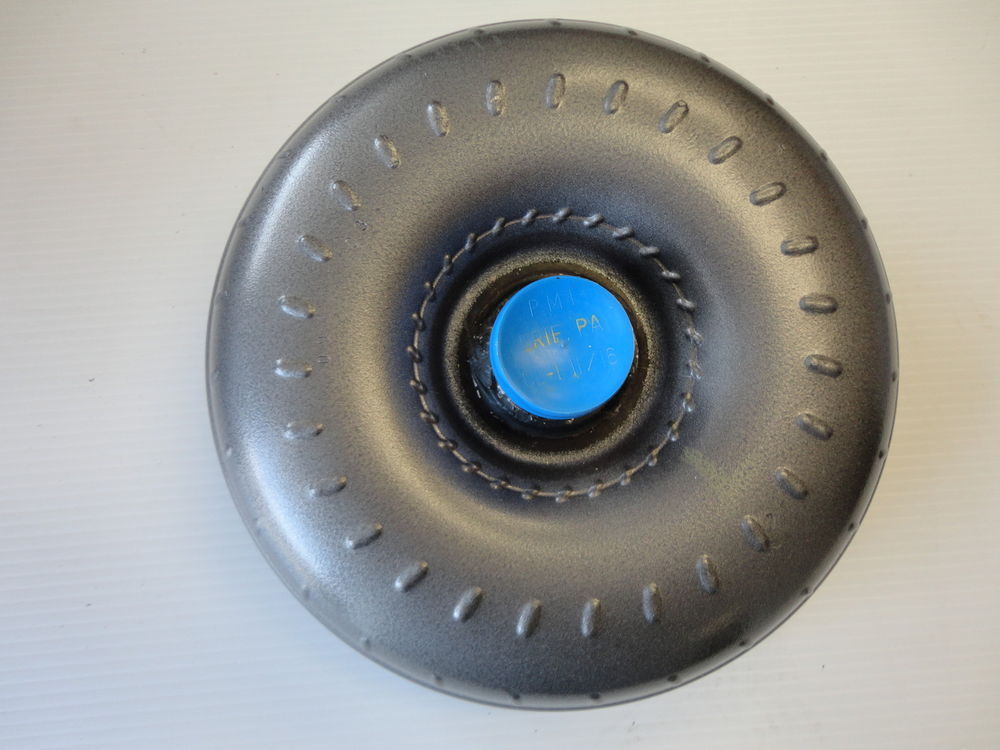
Related Discussions and Sites
- Hard Shifting - AudiWorld
- CVT Flashing PRNDS - AudiWorld
- Transmission Issues Mm Lost Please - AudiForums
- Tiptronic Transmission Issues - AudiForums
- Quattro 2.0t Transmission Problem - AudiForums

